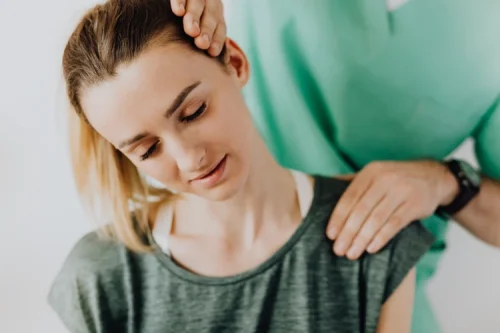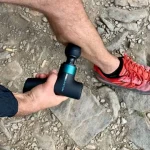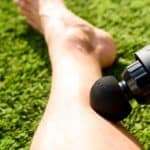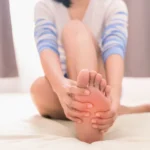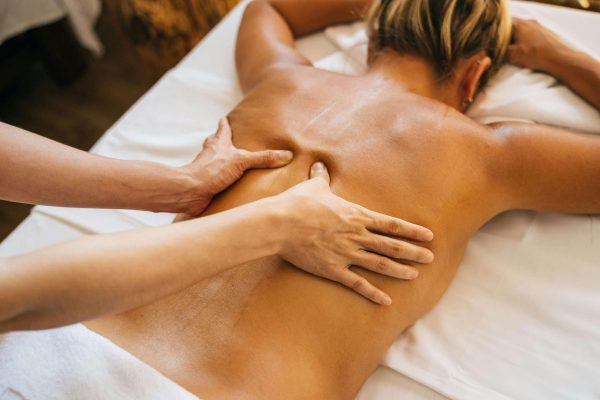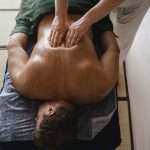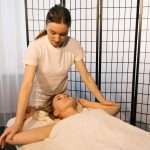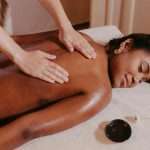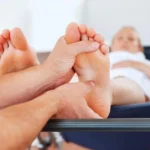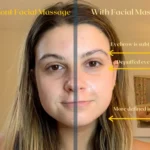A massage is supposed to leave you feeling relaxed and rejuvenated—but what if instead, you feel sore, tender, or even achy?
For many, massage is seen as a luxury—something you treat yourself to on a spa day. But it’s also a therapeutic tool used by athletes, chronic pain sufferers, and those seeking stress relief. Still, what surprises most people is how sore they can feel afterward—even if the session felt amazing in the moment.
It’s surprisingly common to feel sore after a massage, especially if you had deep pressure or focused work on tight muscles. While massage is widely used to relieve stress, ease tension, and support recovery, it can also trigger unexpected massage soreness, leaving some people wondering whether the session did more harm than good.
According to the Cleveland Clinic, it’s normal to experience mild soreness after massage due to increased circulation and tissue manipulation.
Healthline also notes that deeper styles like deep tissue massage are more likely to cause discomfort for one to two days after treatment.
In this article, we’ll explore why soreness happens after a massage, how long it lasts, how to relieve it, and how to prevent discomfort after future sessions. Whether it’s an ache after massage, a back ache after massage, or even pain after a massage, we’ve got you covered. after massage, a back ache after massage, or even pain after a massage, we’ve got you covered.

Table of Contents
Why Am I Sore After a Massage?
Feeling sore after a massage is usually nothing to worry about. In fact, it can be a sign that your muscles are healing and adjusting after being worked. When your massage therapist manipulates tight or tense muscles, the pressure can create tiny micro-tears in the muscle fibers—just like a workout does. This triggers a natural inflammatory response as your body begins to repair and recover.
One of the main causes is something called Delayed Onset Muscle Soreness (DOMS). You’ve probably experienced DOMS after a tough gym session—it’s that deep, dull ache that sets in a day or two later. The same can happen after a massage, especially if it was your first time or the therapist applied a lot of pressure.
Massage also stimulates blood flow and the lymphatic system, helping your body release built-up waste and toxins. But as your body flushes these out, it can lead to temporary massage soreness, fatigue, or even mild flu-like symptoms.
You may feel more sensitive if the therapist worked on old injuries, scar tissue, or tight spots you didn’t even know were there. These areas might react more intensely during the healing process.
Tip: Dehydration, stress, and even hormonal fluctuations (like your cycle) can make you more prone to post-massage soreness.
Which Massages Are Most Likely to Cause Soreness?
Some massages are more likely to leave you feeling sore afterward, especially if they’re focused on deep muscle release or targeted problem areas.
💆 Deep Tissue Massage
This technique targets the deeper layers of muscles and connective tissue. It’s fantastic for chronic tension but can often result in sore muscles after deep tissue massage.
🏃♂️ Sports Massage
Athletes love this one—it’s designed to improve performance and prevent injury. But the focused pressure often triggers DOMS after massage, particularly if the therapist works through tight quads, hamstrings, or glutes.
🌯 Trigger Point Therapy
This approach involves direct pressure on muscle knots or “trigger points.” While incredibly effective at releasing pain, it can cause ache after massage in the hours that follow.
🌊 Thai or Stretch-Based Massage
This full-body technique blends passive stretching and deep pressure. If you’re not flexible or used to stretching, you may feel sore after a massage like this—especially in the hips or lower back.
🤰 Prenatal and Lymphatic Massage
Gentler by design, these styles are less likely to cause soreness. But if you’re sensitive or your lymphatic system was sluggish, even these may result in mild massage soreness afterward.
Even a Swedish massage, which is usually more relaxing, can leave you feeling pain after a massage if the pressure was firmer than your body is used to.
“It’s perfectly normal to feel a little sore after a massage—especially if we’ve worked through deep tension. The key is listening to your body, staying hydrated, and giving your muscles time to recover.”
— April Merrick, Certified Wellness Educator
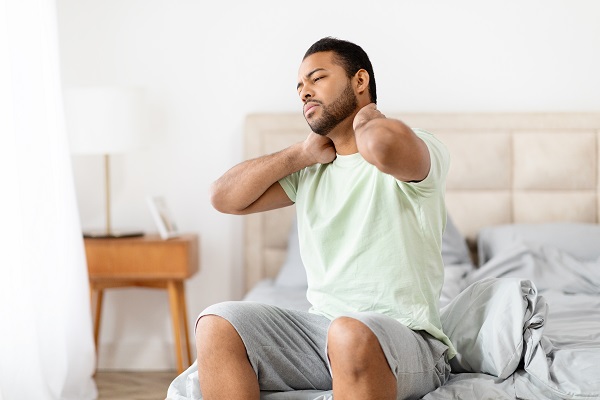
How to Relieve Soreness After a Massage
Good news: there are lots of easy ways to relieve sore muscles after a massage and help your body bounce back faster.
💧 Drink Plenty of Water
Hydration helps flush out toxins and supports recovery. Aim to drink water before and after your session—especially if you’re prone to DOMS after massage.
👈 Gentle Movement
Don’t just lie on the couch! Light activity—like walking, stretching, or gentle yoga—can help loosen up stiff muscles and ease back ache after massage.
🛁 Take a Warm Epsom Salt Bath
The magnesium in Epsom salts helps relax your muscles and reduce inflammation. A 20-minute soak is one of the best ways to unwind (and feels amazing after deep tissue work).
🔥 Use Heat or Ice ❄️
Use a warm compress to relax tight spots, or ice to reduce inflammation if the area is swollen. Go with what feels good—your body will tell you.
🌿 Topical Relief
Menthol-based creams (like Tiger Balm), magnesium sprays, or arnica gel can work wonders for relieving soreness after massage.
😴 Get Some Sleep
Rest is when your body repairs itself. Try to get a full night’s sleep after your massage to give your muscles time to heal.
💊 Consider Magnesium Supplements
If you’re consistently sore after treatments, a magnesium supplement may help with muscle relaxation and recovery.
👕 Try Compression Clothing
Post-sports massage, compression leggings or sleeves may improve circulation and reduce DOMS after massage.
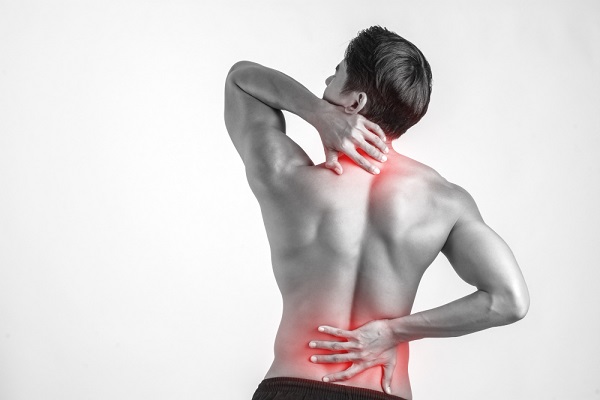
⚠️ When Should You Be Concerned?
Feeling a bit sore is fine. But pain after a massage should never be sharp, stabbing, or disabling. Watch out for:
- Persistent pain beyond 72 hours
- Swelling or visible bruising
- Numbness or tingling
- Sharp, localized pain in joints or nerves
If any of this happens, it’s time to call your doctor. And if you’re on blood thinners or have health conditions like varicose veins, always let your therapist know before a session.
How to Prevent Massage Soreness
Want to stop the soreness before it starts? Try these simple tips:
- Speak up during your massage. Don’t be shy—ask for lighter pressure if needed.
- Hydrate before and after to keep muscles pliable and flush out toxins.
- Book regularly so your body adapts over time.
- Fuel up with foods rich in potassium and magnesium like bananas and leafy greens.
- Time your massage wisely: Avoid scheduling intense workouts or demanding physical activity for the day after your massage, especially if you tend to get sore.
- Try pre-session warmups: Arriving warm (e.g., after a walk or light stretch) can help your muscles receive the pressure better and reduce post-session shock.
Still wondering why you feel sore after a massage? You’re not alone. But the more in tune you are with your body, the easier it becomes to manage your post-massage experience.
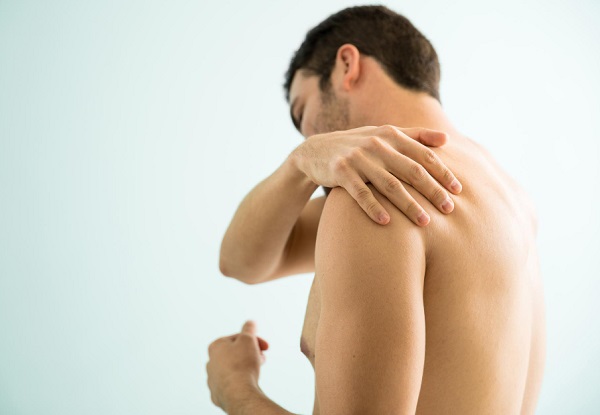
❓ Frequently Asked Questions
1. Is DOMS after massage normal?
Yes! Just like a workout, massage can trigger DOMS after massage, especially if it was deep or targeted.
2. Does pain mean a massage is working?
Not exactly. A little discomfort is okay, but intense pain means the pressure might be too much.
3. Is it normal to feel bruised after a massage?
A little bruising is possible, especially after deep tissue work. But you shouldn’t feel beaten up.
4. Can a massage therapist feel knots?
Definitely. Experienced therapists can detect tight, fibrous muscle areas and adjust their pressure accordingly.
5. Can a massage therapist feel inflammation?
Sometimes—they might notice heat, swelling, or sensitivity. But always check with a doctor if something feels wrong.
6. Can a massage therapist tell if you’re stressed?
Absolutely. Tension in your shoulders, shallow breathing, and body language often reveal stress.
7. Can I exercise after a massage?
It’s better to wait 24 hours before heavy workouts. Gentle movement is fine.
8. Does sore muscles after deep tissue massage mean it was effective?
Not necessarily. Soreness doesn’t equal success. Long-term pain relief is a better sign of a good session.
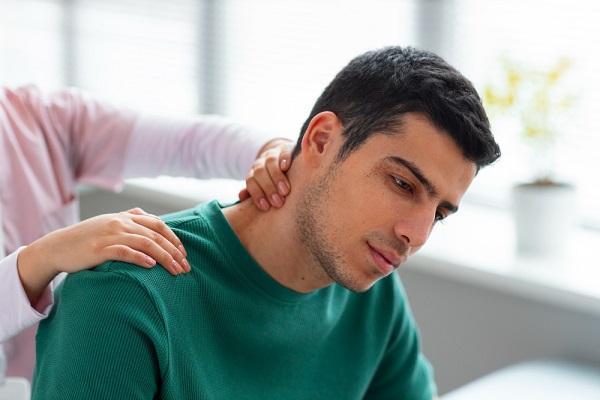
🛍️ Final Thoughts: Soreness Is Temporary—Relief Is Worth It
Feeling sore after a massage can be surprising—but it’s usually a sign your body is healing and responding. With the right aftercare (and maybe a nap or Epsom bath), your muscles will thank you.
Over time, your body will adapt and feel less sore—so you can focus on the benefits of massage, not the side effects.
Remember, soreness is a sign that your body is responding. With time, awareness, and proper aftercare, you’ll be able to enjoy each massage more—and recover faster too.
📙 More Articles on Massage Side Effects
👉 Why Do I Feel Sick After a Massage?
👉 Why Do I Burp After a Massage?
👉 Should You Massage Lymph Nodes When Sick?
📚 References
- Cleveland Clinic. “Why You Might Feel Sore After a Massage.”
- Why You’re Sore After a Massage and What You Can Do About It – Healthline
- Sore After a Massage: Causes and What To Do – Healthline
- What to Do If You’re Sore After a Massage – The Good Body
⚠️ Disclaimer:
This article is for informational purposes only and does not constitute medical advice. Always consult with a licensed healthcare provider or certified massage therapist before beginning any new treatment, especially if you have pre-existing health conditions or concerns.

